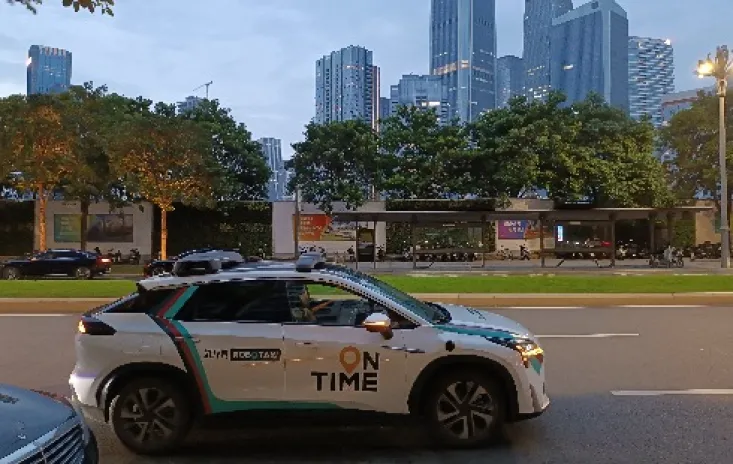
Chaos, catharsis, and charm - post-punk band shame at Munich's Strom
Section: Arts
 Tesla has officially initiated its long-anticipated robotaxi service, albeit in a limited capacity. The service, spearheaded by CEO Elon Musk, is currently operational in Austin, Texas, where selected users can book rides through an app. Initially, the rides will feature a human attendant in the passenger seat to ensure safety.
Tesla has officially initiated its long-anticipated robotaxi service, albeit in a limited capacity. The service, spearheaded by CEO Elon Musk, is currently operational in Austin, Texas, where selected users can book rides through an app. Initially, the rides will feature a human attendant in the passenger seat to ensure safety.
The rollout involves a modest fleet of 10 to 20 vehicles, specifically chosen to serve the downtown area of Austin. Musk has previously stated that most new Tesla cars come equipped with the necessary technology to operate autonomously, which he believes positions Tesla to dominate the robotaxi market, potentially capturing over 90% of the business.
However, the initiative has been met with skepticism from industry experts and competitors. Critics question the reliability of Tesla's approach, which relies exclusively on camera systems, as opposed to the laser radar technology utilized by leading competitors like Waymo. Waymo currently operates over 1,500 vehicles and has conducted more than 250,000 passenger rides without human intervention, showcasing a more comprehensive autonomous driving capability.
In Austin, Tesla is deploying Model Y vehicles for this service. The company plans to begin production of a dedicated robotaxi model designed without a steering wheel or pedals next year. Presently, a company employee accompanies each ride to intervene if necessary, and passengers must authenticate their rides via the app. Some Tesla robotaxis are also monitored by a follow vehicle and can be controlled remotely.
Despite the initial limitations, the launch marks a significant step for Tesla in the autonomous vehicle sector, although the competition remains fierce. As the industry evolves, it will be crucial to monitor Tesla's developments and the public response to its new service.

Section: Arts

Section: Politics

Section: News

Section: News

Section: News

Section: Arts

Section: News

Section: Arts

Section: Arts

Section: Fashion
Health Insurance in Germany is compulsory and sometimes complicated, not to mention expensive. As an expat, you are required to navigate this landscape within weeks of arriving, so check our FAQ on PKV. For our guide on resources and access to agents who can give you a competitive quote, try our PKV Cost comparison tool.
Germany is famous for its medical expertise and extensive number of hospitals and clinics. See this comprehensive directory of hospitals and clinics across the country, complete with links to their websites, addresses, contact info, and specializations/services.
Come along to Italy... come along to the blue sea...With her Schlagershow, Petra Korn takes her audience on a musical journey through the 50s, 60s, and 70s, featuring her greatest hits and cult classics that are still well-known today. The singer and entertainer invites her audience to sing along...



No comments yet. Be the first to comment!